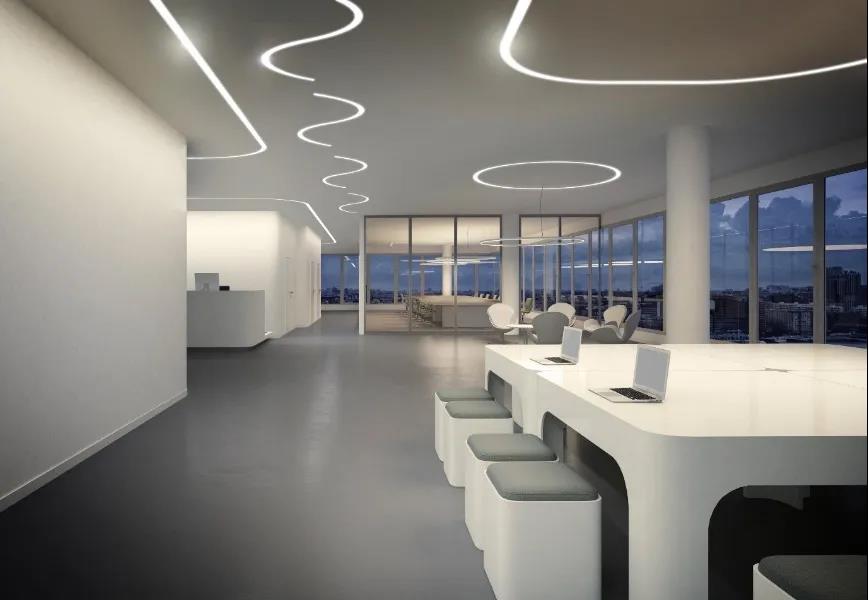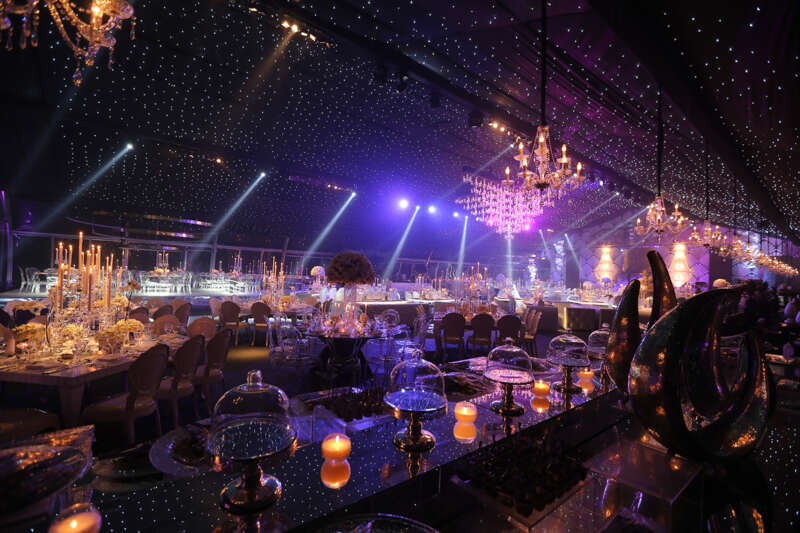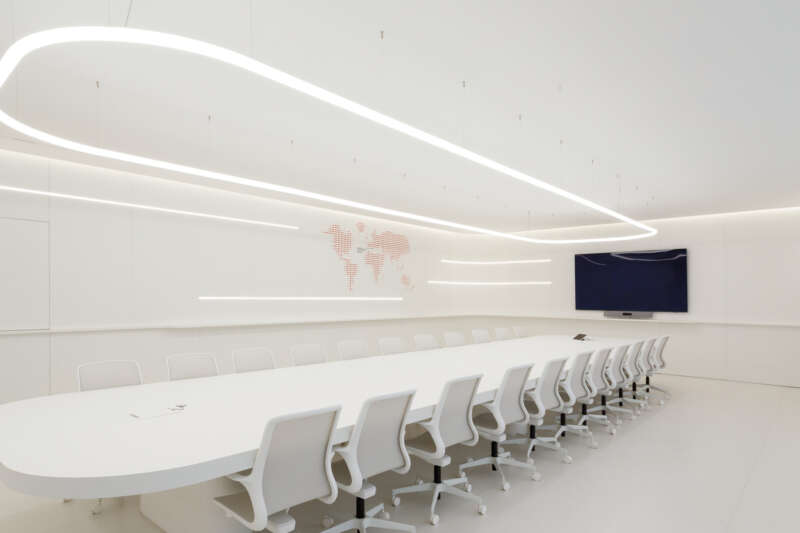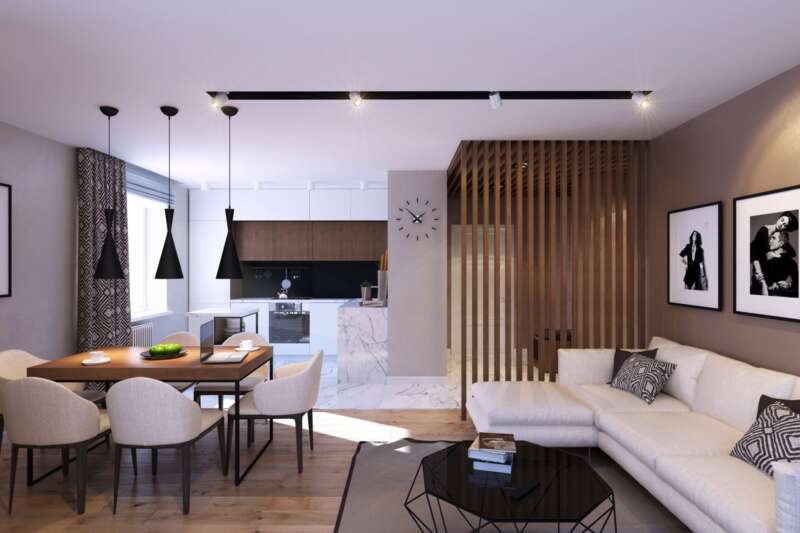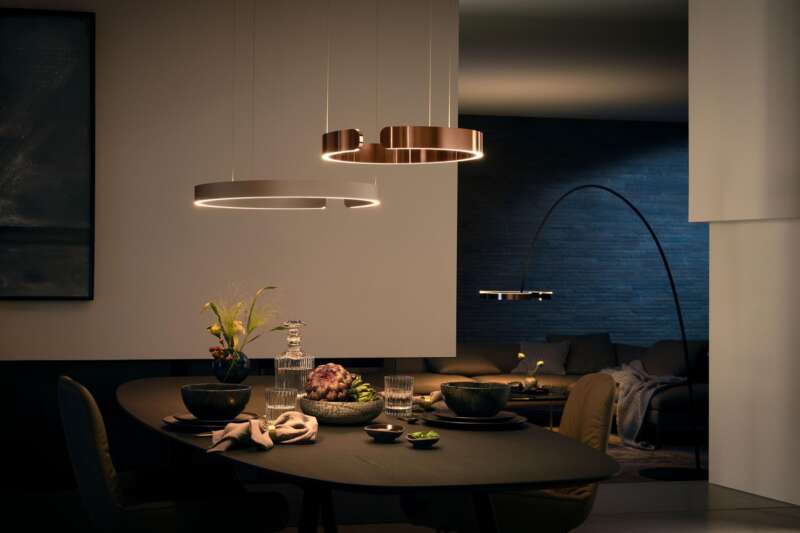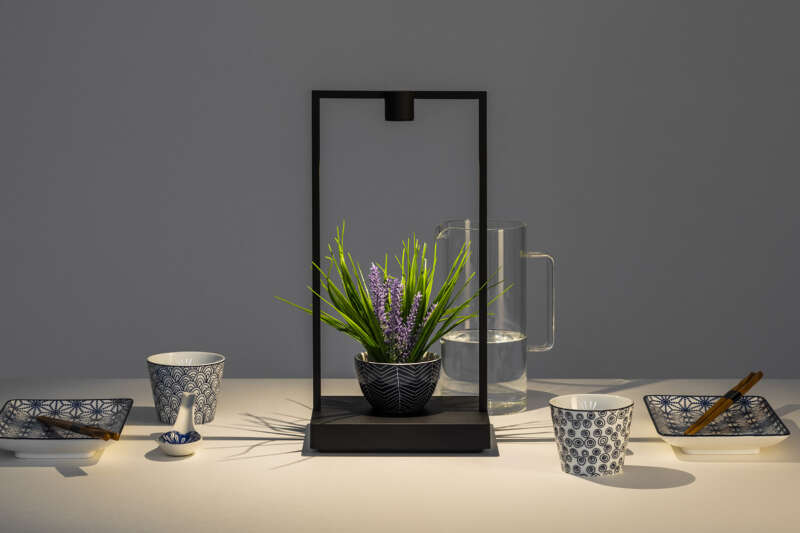LEDs Strips in architecture and interior design
Although until a few years ago LED lighting in architecture was not very appreciated due to its lack of knowledge, during the last few years, LED technology has been evolving to become the most widely used type of lighting. This is because it is possible to achieve a large amount of light with very small and discreet luminaires, allowing to bring light to any point and use it both integrated in architectural details and reliefs, as well as direct and accent lighting.
This has led to a new utility of luminaires that was previously inconceivable with the more traditional ones: creating environments with very varied designs and a lot of personality. In recent years, LED lighting in architecture has become a tool capable of improving the quality of a space, creating environments adapted to every moment of the day and every activity carried out, and achieving unique effects in each place.
Applications of LED lighting in architecture
The infinite possibilities of application of LED lighting in architecture make it an element that cannot be missing in any project. Some of the most commonly used applications to highlight architectural and design details and create special spaces are the following:
In shelving
Shelves are one of the great allies of LED lighting in architecture. With them it is possible to achieve two results:
– See the objects on the shelf
– To achieve a decorative and singular light effect in the space.
Under kitchen wall units
LED lighting applications in architecture could not leave out a space as important as the kitchen. Using LED luminaires under kitchen wall units not only achieves an elegant effect capable of transforming the entire space, but also provides a light source that perfectly illuminates the work area of the worktop without dazzling.
Closet interiors
No matter how much light a room has, there are always areas that remain in semi-darkness, and this is precisely the case with closets. Considering that they are most used in the early morning and late afternoon, it is easy to predict that some kind of light will be needed to see clearly. In this sense, LED strip lighting is the ultimate solution to achieve adequate visibility inside the cabinet.
Presence light
One of the most demanded applications of LED lighting in architecture is presence lighting. LED luminaires are mainly known for their energy efficiency, so they are the perfect system to illuminate passage areas and even remain on for a long time.
Ceiling curtains or coving
Thanks to the small size of these luminaires, it is now also possible to use them in curtain rails or ceiling coffers, allowing spaces to be framed and providing ambient light in a discreet way and always with the light source hidden behind architectural details, undoubtedly one of the favorite applications of LED lighting in architecture.
Built-in toilets, showers and soap dishes
The development of LED technology in recent years has resulted in luminaires that are small and unobtrusive, but also waterproof. This has allowed their applications to be extended to any location, including the bathroom. Thanks to LED lighting in architecture, it is now possible to make even these spaces elegant and full of personality. In addition, they become safer spaces thanks to better visibility and visual comfort without glare, especially at midnight.
Outdoor
It is precisely the water resistance that has made it possible that LED lighting in architecture is not only limited to interiors, but can also be used at any point of an outdoor space and withstand inclement weather without damage. Some applied examples of the use of this type of luminaires are given in:
– Swimming pools
– Garden entrances and exits
– Passage areas
– Paths
There is no better way to achieve a relaxed and calm atmosphere outdoors than using resistant, quality luminaires that can be placed in an infinite number of places without being hardly noticed. LED lighting in architecture is undoubtedly a tool that can add value to any project.


